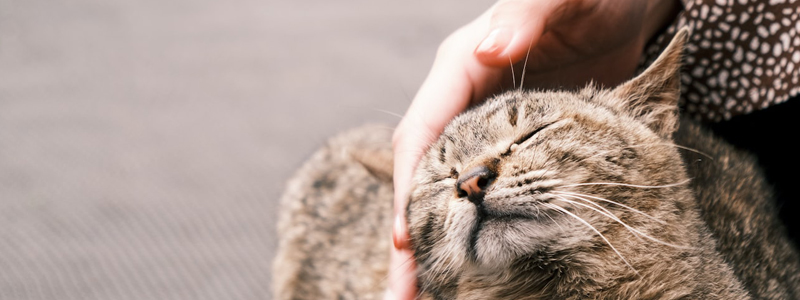BY: SAMANTHA BARTLETT, DVM
A study led by cat welfare scientists at Nottingham Trent University and the University of Nottingham explored how people interacted with cats based on personality, demographics and previous experience with cats.
The research was supported and funded by Battersea Dogs and Cats Home and conducted at their London cattery. The research team had previously found that the best way to increase affection from cats was to let them choose when to be petted, generally touching them less and focusing on the base of the ears, cheeks and under their chins. This new study attempted to study how people interacted with cats based on these factors.
The new study involved 120 participants who were required to spend five minutes in the cattery interacting with three cats they had not interacted with previously. The participants were asked to let the cat come to them, but to otherwise act as they normally would with a cat in their own home.
Participants who rated themselves as experienced with cats were more likely to touch less preferred areas of the cat’s body such as the base of the tail and the abdomen. Participants that had lived with more numbers of cats or for longer number of years seemed less likely to give cats control during their interactions and touched cats more and in less preferred areas of their bodies.
Participants were also required to complete a questionnaire to assess personality and the extent to which they fell into one of five personality traits to include agreeableness, conscientiousness, extroversion, neuroticism and openness. Those scoring higher for Neuroticism were more likely to try to hold and restrain cats. Extroverts were more likely to touch the cats body in areas that are less preferred. Research participants that scored higher in Agreeableness were less likely to touch the less preferred areas of the cat’s body.
As a result of this research, Battersea developed and animation to illustrate optimal ways to behave around cats. This information is also being taken into consideration when placing cats in new homes for adoption. For instance potential adopters with no cat experience may actually be more suitable for many cats that highly experienced cat owners.
The study was published in the journal Scientific Reports and can be accessed at https://www.nature.com/articles/s41598-022-15194-7.











